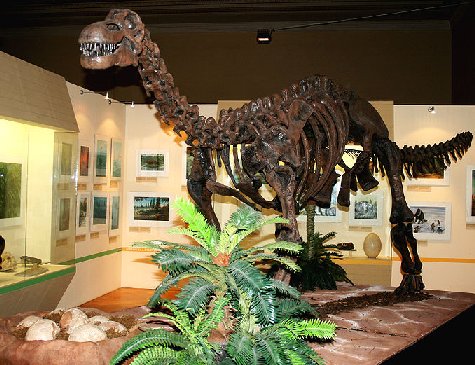Dr. Seth Shostak has a B.S. in physics from Princeton and a PhD in astronomy from the California Institute of Technology. Obviously, then, he knows a thing or two about astronomy. His original research started out using radio telescopes to measure the motion of distant galaxies, but for quite some time now, he has been involved in the search for extraterrestrial intelligence (SETI). He is currently the senior astronomer at the SETI institute.
In a recent report, CNN interviewed him to lead off a discussion about the possibility of extraterrestrial life. Here’s what he said:
…one thing that strikes you is that every time we learn something new about the universe, what we learn is that our situation doesn’t seem to be all that special, and that suggests that life is not all that special, either.
When I heard that statement, the first thing I wondered was, “How can such a well-educated astronomer say something that absurd?” Really? Our situation isn’t all that special? We live on a special planet that orbits a special star (at just the right distance) that resides in a special part of the galaxy. Yet our situation isn’t all that special?
And then there’s the last part of the statement. Life isn’t all that special? Really? Even with all our technology, we can’t come close to making it. Indeed, single-celled organisms can stitch DNA together better than we can. Despite a lot of looking, we haven’t found life anywhere else in the universe. Nevertheless, according to Dr. Shostak, it isn’t all that special.
I was hoping that the rest of the video would explain how in the world anyone could consider such a statement to be even remotely reasonable. However, it never did.



